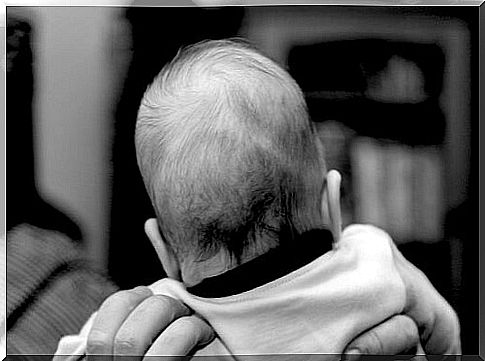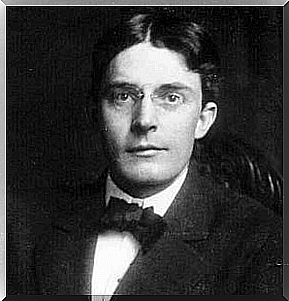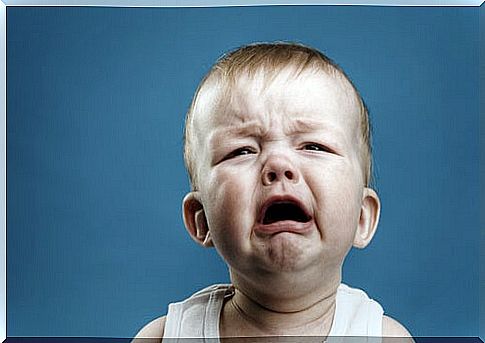Little Albert, The Lost Child Of Psychology

Little Albert’s story is one of the most confusing and controversial in psychology. Who gave rise to it was the famous John B. Watson, considered the father of the behaviorist school. In general terms, it proposes that the behavior of human beings is modeled based on stimuli and responses.
What behaviorism points out, in essence, is that human behavior can be shaped or “trained. ” Unlike other schools, for behaviorists the happiness of an elderly person in China is exactly the same as that of a baby in Mexico. It does not matter what happens internally in each person, because what counts is the observable behavior.
To test his basic hypothesis, John Watson resorted to a series of experiments . The most famous of them was little Albert, a 9-month-old baby. After Watson’s tests it was never known what the fate of this child would have been. However, some researchers set out to find out what had happened to him and found many surprises.

Little Albert’s experiment
Before mentioning what happened with Watson, let us briefly recall what Little Albert’s experiment consisted of. According to what Watson said in his notes, the boy was the son of an orphanage nurse. He was chosen for the experiment because of his calm character and somewhat indifferent to external stimuli.
What Watson did was expose the baby to different stimuli. A monkey, a white rat, a burning paper, etc. When the child was presented with these beings and objects, he was attentive, but basically emotionally indifferent towards them. He was only expressing a little curiosity.
Later, Watson introduced an additional stimulus. Every time the white rat appeared, he struck with a hammer to produce a thunderous noise that startled the baby. In this way, the child began to associate the sound with the rat and after a while he felt fear just by seeing the animal. Later he generalized his fear of rabbits and other furry animals.
What happened to little Albert?
Little Albert’s experiment allowed Watson to prove that behavior could be modeled through stimuli. In his notes he said that the experiment had ended because the boy had been adopted. However, it was never known whether the fearful behavior had persisted in him or not after the experiment was completed.
Over time, some researchers became interested in finding out what the fate of little Albert had been. One of those interested in getting to the truth was the psychologist Hall Beck. Using Watson’s notes, census, and other documents, he believed he found the boy. In 2009 he published his findings.
In them he pointed out that Albert was actually Douglas Merritte, a boy who had suffered from hydrocephalus from birth and who died at the age of 6. His findings called into question all of Watson’s work and also gave a more than monstrous character to his experiment. He would have used a disabled child to test his theory.

Another hypothesis and many doubts
Another psychologist, Russell A. Powell of Grand McEwan University (Canada) questioned Beck’s conclusions. He also started his own research and in 2012 published his findings. According to these, little Albert was actually William Albert Barger, a normal boy who grew up healthy and died at 88 years of age, feeling a certain dislike for animals.
Both Beck’s and Powell’s hypotheses are very solid, but not conclusive. To complete, in June 2014, the researcher Tom Bartlett published a new article in which he concluded that the two children had participated in the experiment .
The subject, at bottom, involves a debate on the validity of behaviorism, a school that has been widely criticized for its reductionism. To this is added a certain antipathy for the figure of John Watson. This man was disowned for divorcing his wife to join Rosalie Rayner, a student who served as his assistant.
John Watson was expelled and had his academic degrees withdrawn. Already joined to his assistant, he had with her two children, whom they raised in a strictly behavioral way. They both attempted suicide when they were adults and the eldest, William, succeeded. In the 1950s, all the titles were restored to him, when he had already focused his interest on another focus: advertising.








